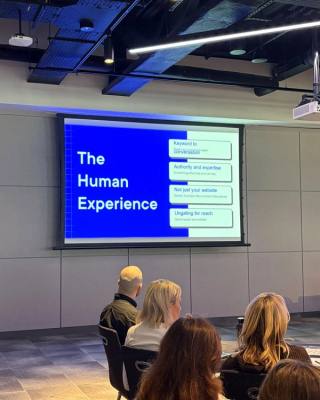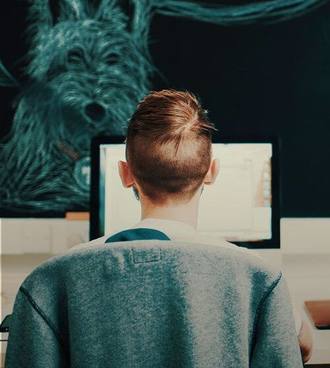“The limits of my language are the limits of my world”
Ludwig Wittgenstein Tractatus Logico-Philosophicus (1922)
Admittedly when Wittgenstein stepped from the Ross hotel (on the site of the now aptly named Aisling Hotel near Heuston Station) to stroll and dream up his labyrinthine philosophy in the crepuscular eternity of the Phoenix Park, he likely had less prosaic and more contemporaneous matters on his mind than website content. But pseudo-intellectual that I am, I couldn’t help thinking about Ludwig’s pithy aphorism recently when bemoaning the recurring problem of creating meaningful and compelling content for websites.
So I find myself tracing Wittengestein’s steps through Dublin, bereft of his cultural import of course, yet marvelling at the ambiguity of his statement - yes, the boundaries of your world are proscribed by your ability to describe the world around you but as language is potentially boundless so to is the potential of your world. All well, and good but what has all this pretension got to do with web content? Well, how many times have you come across a website that is is beautifully packaged but is hollow at it’s core? That is all ‘sound and fury, signifying nothing’? In short, has nothing to say because it doesn’t know what to say nor how to say it?
Words…don’t come easy to me
- F.R. David (1982)
The problem here seems to be that many organisations have never properly reflected on what and who they are and are often at a loss when asked to describe their raison d’etre. Words and phrases are the common currency of our lives - we exchange, discard and hoard them but when it comes to self-reflection, both individually and corporately, we regularly confront our poverty. Organisations think that a web product can be designed without words and that the content can be simply poured in toward the end of the process. But they have the process topsy turvy. Proper design is more than pretty lines and pictures, it is more than well-judged typography - it is also the meaning that is transmitted from these lines, pictures, fonts and words.
And this is where we come in. Good design involves a discovery process that broadens the limits of the organisation’s self-awareness. A designer’s job involves words despite the common belief otherwise. Every organisation needs a story - a mission and a vision and a clear idea of it’s product or service. A good designer will help draw this out and make visible this essential narrative. Practically, this will happen in carefully curated workshops that draw out the corporate philosophy before even one pixel is coloured or one line drawn. It will happen as we create personas for typical users and audiences for your product and website.
Yet different stakeholders within any body will use different words to describe their product or organisation and it is part of our job to help sculpt one coherent linguistic model that takes account of this but is understandable and translatable to the general public. Digital products and websites are made up of words and pixels and each is as important as each other. Because good design isn’t just visuals, it is also an idea of an intended outcome, articulated in clear and concise language. Without this we as designers cannot build an adequate structure to support this goal and create interactions that foster the outcome. Only after this process occurs can we ‘paint some pictures’.
“Beep, beep”
- Herbie, The Love Bug (1968)
And that’s were the delight comes in - once we have a created a tone of voice and written a corporate ‘personality’ in words we can use this as a platform for an emotional response. Because technological products can have a personality too - think of Mailchimp’s chimp Freddie Von Chimpenheimer IV, or of the VW Beetle. And as my colleague Aoife O’Dwyer has pointed out in this space before, people respond better to beautiful things. But beautiful things can only be built upon a foundation of beautiful words. So maybe think of designs not as a facade for interaction, but as people with whom your audience can have an inspired conversation. Products and websites can be people too, after a fashion! And with this emotional conversation and a resulting design that hits the user viscerally, behaviourally and reflectively we can broaden the limits of your world, really make your website sing and finally help you find your voice.








